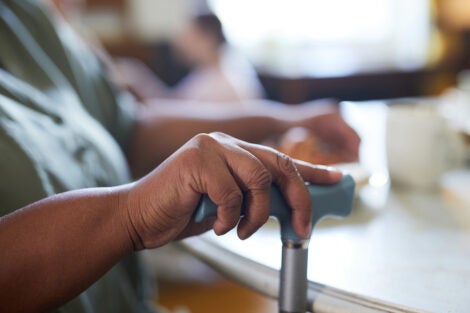March 12, 2024 — Food insecurity rose substantially over the past 20 years for U.S. families including older adults—particularly for Black, Hispanic, and low-income families, according to a new study led by Cindy Leung, assistant professor of public health nutrition at Harvard T.H. Chan School of Public Health.
The study was published March 1 in JAMA Health Forum.
The researchers used health data from the Panel Study of Income Dynamics, a nationally representative biennial household survey. Their analysis included families with at least one adult aged 60 or over who participated from 1999–2003 (1,311) and 2015–2019 (2,268). To the authors’ knowledge, it is the first longitudinal study of this population over a two-decade timeframe.
They found that overall food insecurity increased from 12.5% in 1999–2003 to 23.1% in 2015–2019. Rates of recurring food insecurity—meaning two or more episodes of food insecurity—more than doubled (5.6% to 12.6%), and rates of chronic food insecurity, or three or more episodes, more than tripled (2.0% to 6.3%). Across both time periods, food insecurity rates were substantially higher among Black and Hispanic families, those with lower socioeconomic status, and those participating in the federal Supplemental Nutrition Assistance Program.
Read HealthDay coverage: Increases in Food Insecurity Seen in U.S. Families With Older Adults
Photo: iStock / SeventyFour
